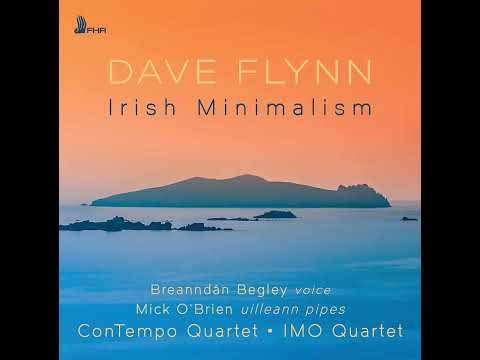String Quartet No.2 ‘The Cranning’ (2004/2005)
for String Quartet.
Duration: 12 mins.
Premiered by The Smith Quartet at the 2005 Festival. The Irish premiere was given by the Contempo Quartet, the Russian and French premiere’s by the Vanbrugh Quartet and the US Premiere by the New Juilliard Ensemble at MoMa.
Recording by ConTempo Quartet available
I ‘SLIP’
II ‘SLIDE’
III ‘THE BAMAKO HIGHLAND’
IV ‘CRAN’
Programme Note
This piece is heavily influenced by the traditional music of my native Ireland. There are no traditional Irish melodies in the piece; however throughout the work’s four movements there are techniques, modes, rhythms and feelings common to traditional Irish music.Donegal traditional music has a particularly strong influence on the piece. Donegal fiddlers often use a very attacking bowing technique, which creates a heavy, aggressive sound. This aggressiveness characterises much of the piece and is my way of demonstrating that there’s a lot more to Irish music than the saccharine ‘Celtic’ arrangements that have become synonymous with ‘Irish’ music in the classical music world.The title ‘The Cranning’ refers to an ornamentation technique of the Uilleann Pipes, an instrument unique to Ireland. Cranning is used extensively in movement IV where the musicians repeatedly ‘cran’ on low D notes in poly-metric cycles.There are influences other than Irish traditional music in the piece; references to African, Balkan, Classical, Jazz and Rock music occur at various points but overall an Irish sound is dominant, particularly towards the end where the only notes used are the notes of Uilleann Pipe harmony regulators, A, B, C, D, F# and G.
After I won the 2004 Huddersfield Contemporary Music Festival Composers Prize for the first movement ‘Slip’, I was commissioned by Huddersfield Contemporary Music Festival to extend the work into a full string quartet.
What the critics say…
-
“Irish music is this Dublin composer’s passion and main inspiration, and at times he has the quartet’s two violinists digging into their instruments with the kind of power and grittiness you hear from Celtic fiddlers at their most raucous.”Alan Kozinn (New York Times)








